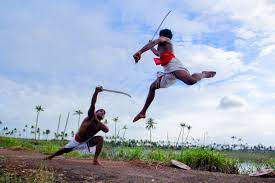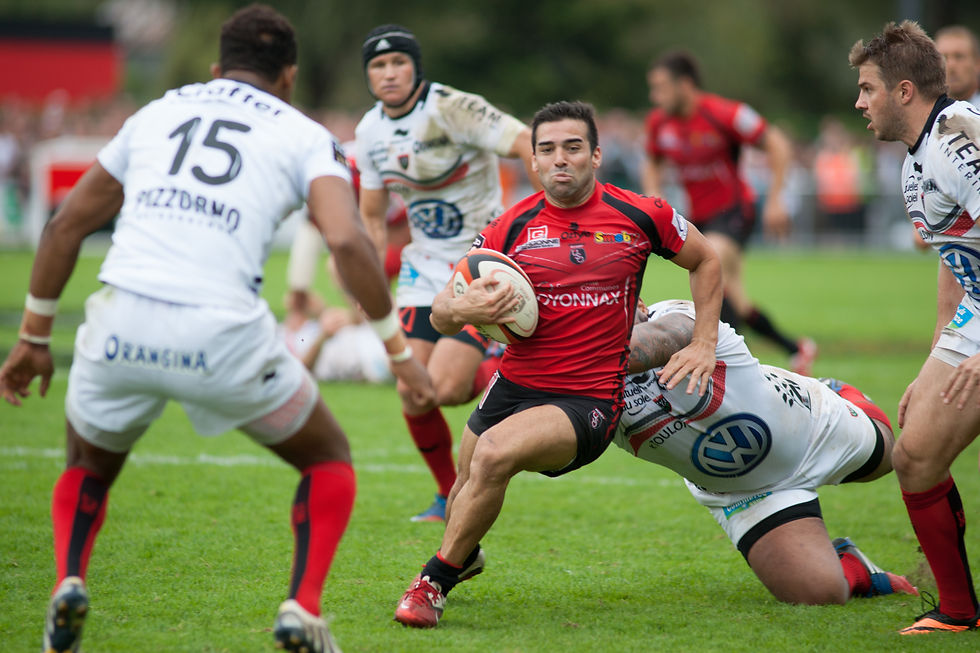Why do Traditional Arts Suck ?
- Asante Lawla
- Apr 25, 2023
- 5 min read
Updated: Mar 10, 2024

If you've been following martial arts for any time at all, then you've probably heard of the term "Internal Arts", and seen the elaborate, usually unrealistic martial arts demos. Depending on your exposure to this stuff, it's either: a bunch of nonsense, or a bunch of really impressive skills with no real application outside of looking cool.
For the most part I think both views are actually correct, but as with most things there is another point of view.
So first off, there are a few really strong arguments against bothering to learn any of this, from a practical martial arts perspective.
1. Under pressure, complicated shit doesn't work.
This is absolutely true. Even the best footballers in the world, who are paid millions, trained by the best coaches and are remarkably talented, can miss a simple penalty shot due to pressure. Pressure makes physical changes to our physiology that drastically reduce fine motor skills.
2. Who needs all this "magical" power ?
Why bother learning how to master internal power when you could just hit the guy in the chin or use a weapon. By doing this, you have as high a chance of winning as anyone else and it requires far less effort to achieve. There are a lot of factors involved in combat, whether it be in a ring or on "da streetz", power is far from the be all and end all.
3. Some of the world's greatest pro fighters and olympic athletes don't use any kind of "internal power" and still win. So why even bother ?
Again absolutely true, there are tons of people that don't do any super slow martial arts dance to cultivate power, and yet they were literally the best in the world performance wise. Surely if you could get more performance from doing this stuff, it would be widespread in pro sport ?
I could talk about the subjectiveness of pressure and how performing in front of millions to win or lose a world cup, may be different to doing what historically would've been considered a normal day job. I could also speak about the biomechanical limitations of the body and how wielding weapons may require a different approach to other sports.
But I'd rather talk about something a little less abstract that doesn't disagree with any of these points, and that's war.
War
Historically more often than not, it wasn't the skill of a masterful swordsman that won the battle, or the crazy internal power of its warriors. It was the strategy and tactics employed by the commanders as well as the discipline they'd instilled in their armies.
In these extreme scenarios where techniques fail, plans go to shit and anyone with even an ounce of skill has a high chance of killing you... Your training may start to select for something entirely different from sport fighting or even self defence for that matter.
Take a look at this video, one of my favourite ankle breaks of all time.
Not particularly flashy, fast or even technical, but extremely well executed. It's far less about his dexterity and more about the subtle but smooth speed change and their combined commitment to that movement. It's the type of thing that had he showed it to you in isolation, you'd probably laugh, call BS and say it would never work in real life. It's wide open, the movement is too slow and all in all it just doesn't look that practical or impressive. Take away the ball and it's not a million miles away from something you might see in a goofy Kung Fu movie... Until you see him execute it.
Now naturally you can form all sorts of arguments against this particular technique, but techniques that completely throw people off to the point of "breaking their ankles" are extremely common in sport. Whether you look at rugby, football or basketball, the idea of using extravagant footwork and exaggerated postures to throw off the attacker is commonplace. Yet when we look at some martial arts, everything becomes quite staccato and linear, why ? The benefits of these kinds of skills can't be overlooked, I mean why risk dying when you can just 1-2 steps and, whoops, completely destroy your opponent's footwork?
There are obvious differences between the two disciplines which may prevent this type of thing, but there are also a lot of similarities. For example in both basketball and swordsmanship you try to keep your distance, control the space, there's an object of focus you want to stop. In addition to this you need to hold formation, fight whilst on the run, and more often than not try to get past your opponents, not square up and trade with them. In this context, these abilities would have a far greater impact on survivability than being able to perform takedowns and submissions or land precise knockout punches, which would be fairly difficult against someone in armour.

Take mma for example, a beautiful sport that pits practical skills against one another. Answer me this, if you threw a group of mma fighters and a group of pro rugby players in armour, handed them weapons, gave them a bit of training, then pitted them against one another in a skirmish. Who do you think would have the higher chance of winning ?
Sure mma fighters have amazing fighting technique, but everything from the way they attack to the way they stand just doesn't give them any specific advantage in this context. Where as rugby players know how to scrum, how to joop, how to work in teams, and more importantly how to generate a ton of power on the run**, all very applicable to skirmishing.
Maybe traditional arts which overly focus on posture, complex flat footed footwork and unnecessarily fluid movement, do so for good reasons i.e.
Armour
Maybe that posture allows you to move and brace in armour without slipping a disc. Maybe it allows you to tread on soft ground without rolling an ankle? I can say from experience, that trying to bounce up and down on the toes like I did when I boxed, is a totally different thing when performed whilst wearing a weighted vest. Now imagine I also had to coordinate those movement with a sword, spear or war hammer 😬, scary thought.
Weapons
Maybe those weird fluid movements are more compatible with swinging weapons and fighting from horseback, where jerking/snappy motions and twisting from the hips just isn't compatible let alone practical, especially where heavier weapons are concerned.
Training
Maybe focussing on movement itself more so than "duelling" just makes more sense from a training perspective. Because when all else fails, which it most likely will, those movement patterns tick more boxes where survival and creating tactical advantages is concerned. Whether it be running into battle, or marching to the shops without triggering sciatica. Training the body to move well with weapons and armour is much like learning a new language and requires its own practice entirely.
I once saw a professional dancer recover from what I thought was about to be a near lethal fall, by momentarily channelling neo form the matrix to lean back, before perfectly transitioning through a pirouette to upright herself, without dropping her drink no less 🫤.... Now I'm sure she wouldn't be able to pull that off every time, but that kind of intuition and awareness of the body is just very different to the type you get from learning to box. Funnily enough, this is why learning some form of dance footwork is often encouraged by coaches from all manner of sports.
What about all this internal power nonsense? Well this really requires a separate post, but you can start here.
To wrap this up, this isn't me saying that traditional arts don't have their fair share of problems, or trying to pit them against modern martial arts. As what might have worked historically still doesn't translate to modern day combat. This is more of an appreciation post for what these ancient practices bring to the colourful world of martial arts and why they deserve to be preserved. (Apologies for the click bait)
Leave your thoughts below





Comments